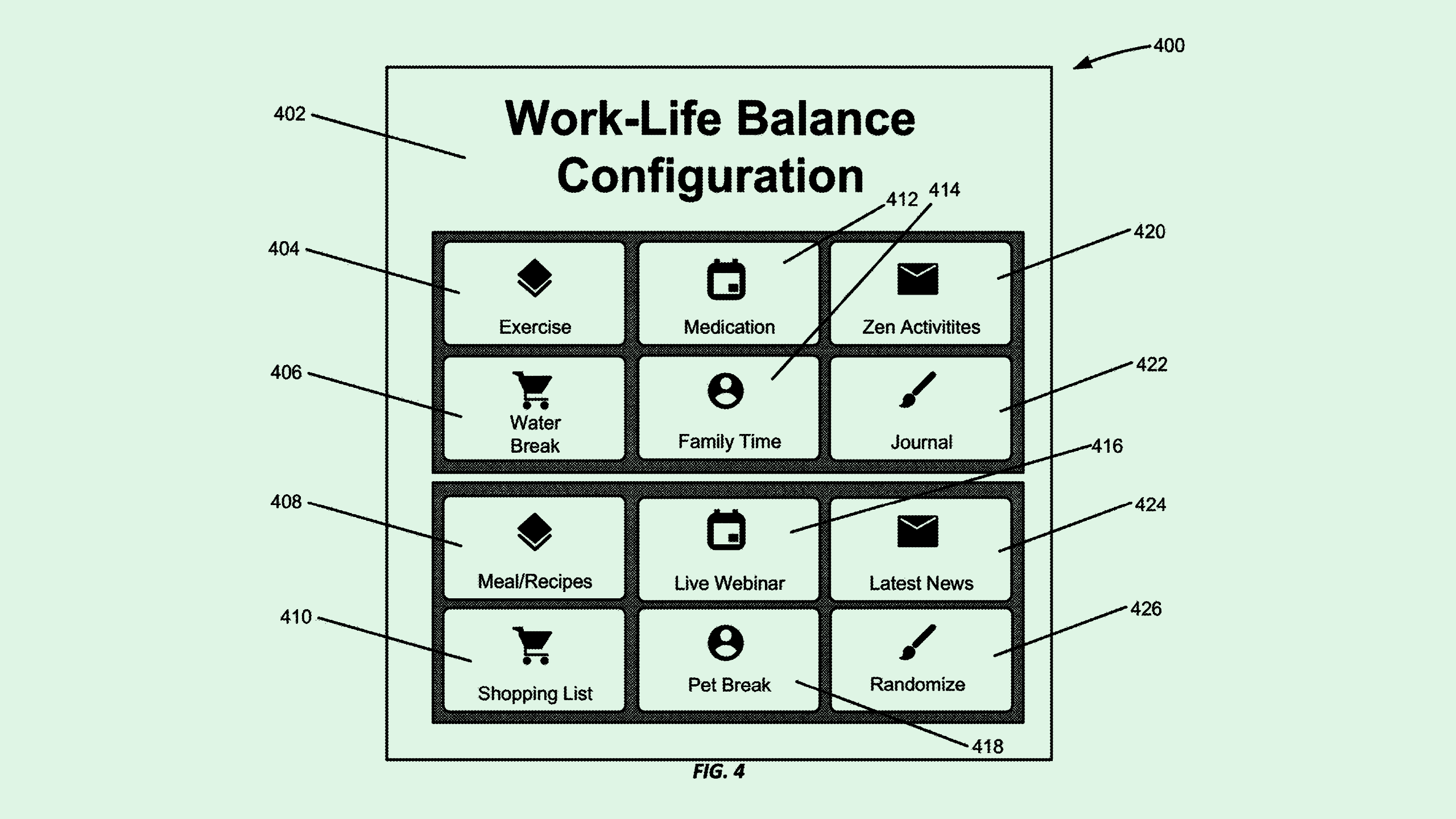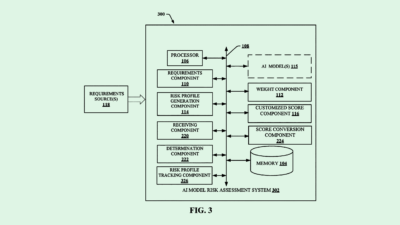Zoom’s Work-Life Balancer Adds to AI-Powered Productivity Tool Race
Tech firms like Microsoft and Google already have a massive head start in workplace tools.

Sign up to uncover the latest in emerging technology.
Zoom doesn’t want to be blamed for your burnout.
The company filed a patent application for “remote management of work-life balance scheduling.” Zoom’s tech uses machine learning to understand your schedule to determine when you need to take a break from meetings and go on a walk, grab a snack or simply back away from the screen.
“A user striving to maintain a healthy balance between work commitments and non-work commitments … may not find such balance promoted by a modern workday schedule that makes extensive use of the features of the video conferencing provider,” Zoom said.
When a user enables Zoom’s work-life balance scheduling tool, a user will be allowed to select certain actions they may want to be reminded of, as well as certain conditions that trigger these reminders, such as certain times of day or meeting lengths. Some of these actions may include things like taking a break, eating a meal or playing a game, as well as the option to “randomize” these reminders and let Zoom decide.
This system may use a machine learning model trained using “historical data relating the performance or non-performance of planned actions,” to determine what actions to suggest, Zoom said. “For example, the machine learning model may determine that a user prefers to exercise under certain conditions and prefers Zen activities under other conditions.”
These reminders may also be linked to third-party applications, such as games or a music player that’s installed on the user’s device.
Zoom’s bread and butter is its conferencing and telecommunications tech. But with its pandemic peak long faded, it may see AI-based productivity tools as its next frontier: In March, the company unveiled a suite of AI tools under the umbrella of Zoom Workplace, including a way to gather and synthesize notes, generative AI backgrounds, and a smart scheduling tool.
The company aims to shed its reputation for being known as simply a virtual meetings platform, Graeme Geddes, Zoom’s chief growth officer, told Fortune in late June. “We want to be known as an AI-first collaboration platform,” Geddes said.
But Zoom has quite a lot of competition in this arena, namely from Microsoft’s 365 Copilot and Google’s Workspace, said Thomas Randall, advisory director at Info-Tech Research Group. Though the work-from-home mandates of the pandemic have made Zoom a household name, tech firms like Microsoft and Google already have a massive head start in workplace tools. With their suites so ingrained into companies’ day-to-day operations, Randall said, “I don’t think we’ll see organizations making that switch.”
“(Zoom) seems to be stretching itself too thin and not focusing on its strengths, which are in communications, telephony, and conferencing,” said Randall.











